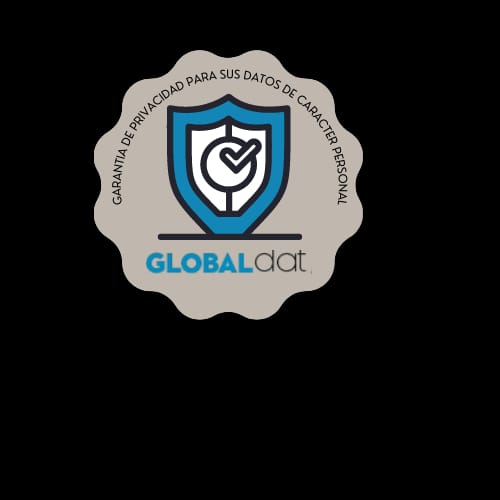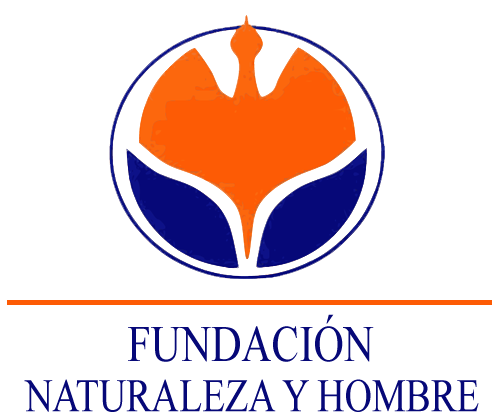REINTRODUCTION
Overview
After more than a century and a half of their disappearance from the area, the chamois returned to the Alto Asón, in the Eastern Mountain of Cantabria. The Fundación Naturaleza y Hombre, within the framework of the European Union’s LIFE project “Recovery and Conservation of Biodiversity in the Asón River Basin” and with the collaboration of the Regional Ministry of Livestock, Agriculture and Fisheries of the Government of Cantabria, began reintroducing the species in September 2002 with the release of the first six specimens; two males and four females which, after the necessary period of quarantine, they adapted well to their new habitat. After several capture and release processes, a total of 34 adult specimens were released during the project. To date, the chamois population is over 200 (updated in September 2020).
The reintroduced animals were captured in the Picos de Europa National Park, thanks to the collaboration between the governing body of National Parks and the Fundación Naturaleza y Hombre, specifically, in the Cantabrian area of the Massif Central or Urrieles, in the Ports of Salvorón, Mount Quebres and the Ports of Aliva.
The methods of capture employed sought to reduce any type of damage as much as possible. When the specimens were in a group, a system of vertical nets in passing areas was used to capture them. This has proved to be the method with the least associated mortality, while for isolated animals sedative darts were used.
Once in the hands of the Foundation’s team, the chamois were subjected to veterinary treatment to certify their physical condition. They were then moved in individual crates suitable for transport.
Release
Once the good health of the chamois was verified, the release was carried out in a protected area of ten thousand hectares. Of this, half corresponds to the Collados del Asón Natural Park, while the other half has been obtained thanks to agreements with the San Roque, Valdició and Vega de Pas hunting grounds. To facilitate their insertion into this new environment, the chamois spent a period of adaptation and quarantine in a special pre-freedom fence before finally being released.
Each chamois released carried an ear tag and a radio collar to facilitate their monitoring and control by the surveillance patrols set up for this purpose by the Fundación Naturaleza y Hombre.
Follow-up of the Chamois Reintroduction Programme
Once the release process has been completed, the guards of the Fundación Naturaleza y Hombre have launched a Surveillance and Monitoring Plan. This plan controls the state and evolution of the new reintroduced chamois population, as well as its distribution in the different areas of the Eastern Mountain.
OFICINAS CENTRALES FNYH
Dirección: Av. De España Nº 25 Entlo, 39610 El Astillero Cantabria
Tlf: 942 55 91 19 / 679181483
fundacion@fnyh.org
DELEGACIÓN PARA PORTUGAL
Dirección: Rua do Conde de Redondo 8-5º dt 1150-115 Lisboa Tlf: (++351) 919 784 981 crc@erena.pt
CASA DE LA NATURALEZA-MARISMAS DE ALDAY
Dirección: C/ Alday (junto al parking de Valle Real), Maliaño, Cantabria
Tlf: 679 181 472
educacionambiental@fnyh.org
DELEGACIÓN PARA SUDAMÉRICA
Iguazú iguazuconservation@fnyh.org
ECOMUSEO-FLUVIARIUM DE LIÉRGANES
Dirección: C/ Camino Real, 9, 39722 Liérganes, Cantabria
Tlf: 942 52 81 96
fluviarium@fnyh.org
DELEGACIÓN PARA ÁFRICA
Tanzania fundacion@fnyh.org
VIVERO Y CENTRO ETNOBOTÁNICO EL PENDO
Dirección: 39609 Camargo, Cantabria
Tlf: 942 25 88 08
vivero@fnyh.org

ESTACIÓN BIOLÓGICA CAMPANARIOS DE AZABA
Dirección: Camino de La Alamedila, SN 37497 Espeja, Salamanca
Tlf: 923481401
campanarios@fnyh.org
